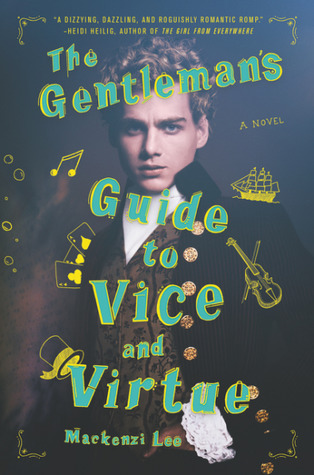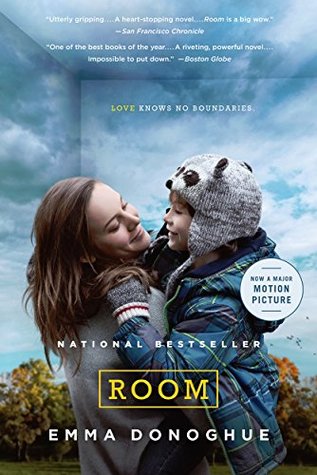 DEEP POINT OF VIEW
DEEP POINT OF VIEW
QUICK BROWN FOX, a Canadian creative-writing outfit (I wish I lived close enough to benefit directly), recently ran a POINT OF VIEW WORKSHOP on, I imagine from the blurb, the trend toward DEEP POINT OF VIEW and the avoidance of narrative that slides in and out of a defined p-o-v. This p-o-v creates a main character’s stream of consciousness that excludes all data not within that character’s experience or knowledge. I’m particularly attached to deep p-o-v in my writing. Other techniques include head-hopping, which is jumping without warning from the mind of one character into another, and omniscience, which is head-hopping through an all-knowing narrator, who is generally not a character in the story. The latter two points of view are prominent techniques in literary fiction (more on that later).
Failing an available workshop, you can learn about deep p-of-v in RIVET YOUR READERS BY DEEP POINT OF VIEW by Jill Elizabeth Nelson (available at Amazon as an inexpensive kindle book); and fr om various bloggers on the elimination of filter words.
om various bloggers on the elimination of filter words.
In essence, deep p-o-v narrative flows from one point of view: it can be written in first, second, or third person. Any of these three p-o-vs necessarily highlights a character’s ignorance of the full situation, and they are—no surprise—a mainstay of mystery fiction.
The reader can experience exactly what the character does in a stream of consciousness, but the writing requires a good deal of filtering, especially in the senses: seeing, feeling, hearing, smelling, tasting, and even thinking. To paraphrase an example from the blog of CORRINE JACKSON, instead of a character hearing someone approach: “heels strike the marble floor, coming ever closer.”
The narrative tends to be sprinkled with internal questions, sentence fragments, and the inevitable aporias of an active mind assessing a tricky situation.
Examples of deep p-o-v in recent fiction that I admire both in terms of technique and content include:
MG: Sara Pennypacker’s PAX: told from the alternating third person p-o-vs of a fox and a boy;

YA/ADULT: Mackenzi Lee’s : A GENTLEMAN’S GUIDE TO VICE AND VIRTUE: told from the first person p-o-v of a young gentleman whose ignorance and arrogance serve to amplify the shocks to come;

ADULT: Tana French’s THE TRESPASSER: told from the first person p-o-v of a detective, whose ignorance and suspicions shape her every perception;

ADULT: Jamey Gordon’s tour-de-force THE LORD OF MISRULE: told by three main characters in first, second, and third person respectively;

ADULT: Emma Donoghue’s THE ROOM: told in the first person by five-year-old Jack, unaware of his predicament.
Other p-o-v posts to come!